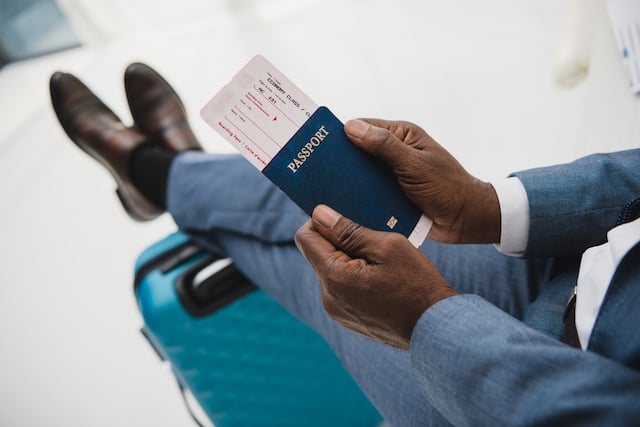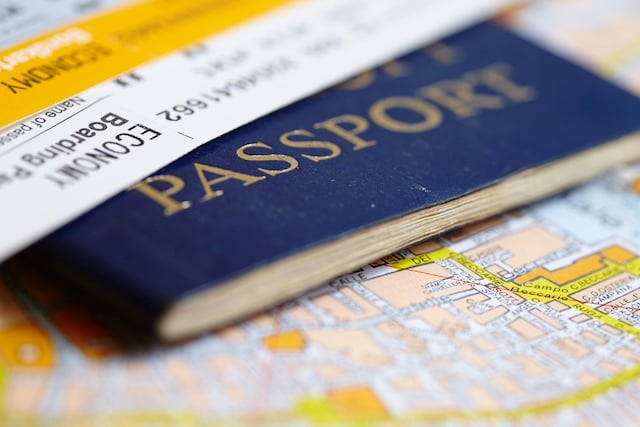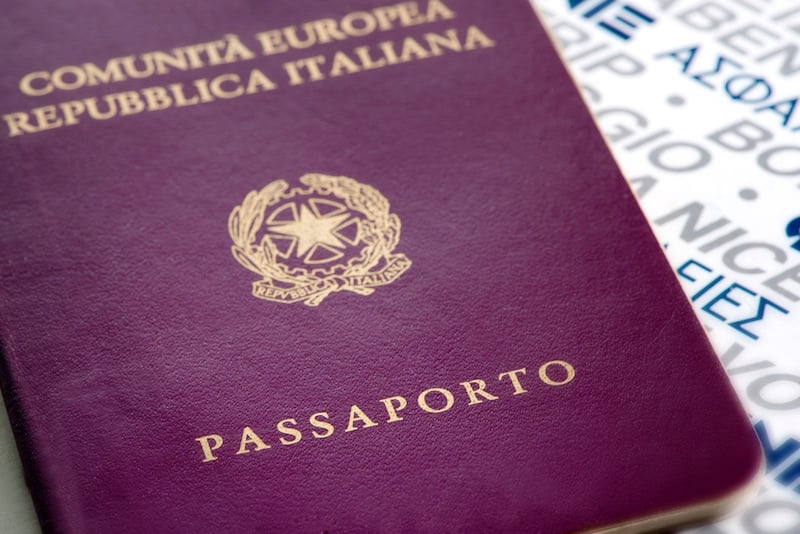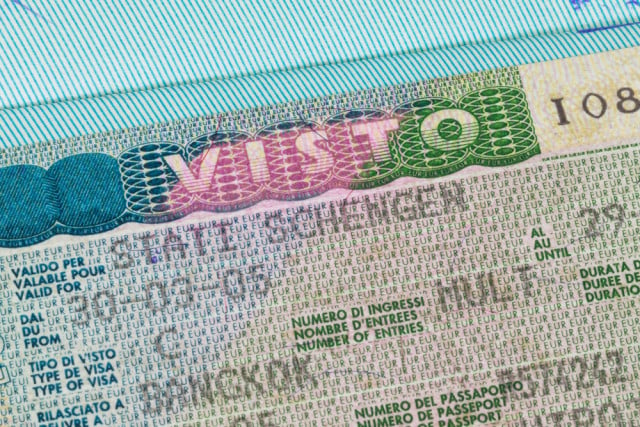CAREER
‘Denmark is like a little America’
In the latest edition of My Danish Career, The Local met Santiago Obama, an entrepreneur raised in France who came to Denmark to 'make it' in the entertainment business.
Published: 2 September 2015 08:36 CEST

Santiago Obama. Photo: Submitted
Santiago Obama is a 29-year-old Guinean who was born and raised in Nice, France. Since coming to Denmark, he has been involved in various ventures including running a modelling agency, working as a nightclub promoter and helping aspiring artists.
Why did you come to Copenhagen?
It was random at first. I really wanted to play football and I tried to join FC Copenhagen, but mentally I wasn’t strong enough! (laughs)
How do you define yourself?
I'm an entrepreneur. I’m always thinking about what could work and what people will like. And I think that this entrepreneurship mentality comes from my mom because she’s African so she likes to do business. She is a tough one when it comes to money and dealing with people, but I am not quite on her level yet.
How were your first months here?
I’d say it’s like somebody drops you in a dark room and you have to find the light and go out. It was very hard.
You are now managing different businesses: a modelling agency, a music label, working for Copenhagen nightclubs… How do you handle that?
The secret when you truly love something is to do it no matter what other people say. Some people will try to discourage you based on their own fears and other will take advantage of your good heart, but you just have to keep going. With my modelling agency, I work with around 20 models so I’m always working the phone, answering email, dealing with pictures, etc… I’m an ambitious person and I always try to do my best. It's not so easy to build trust in the modelling business; there are a lot of scammers.
Why did you start the modelling agency?
My ex-girlfriend struggled to be a model, and I didn’t liked the way she was being rejected with no further explanation, despite being a very beautiful young woman. There are a lot of young women out there who have been in the same situation as my her. My agency will give anyone an opportunity, as long they fit our clients' requirements. But if they can't get into our agency, we will take the time to explain it to them.
What’s the favourite part of your job?
Everything I do is about other people, promoting others. I like to help people, even though I haven't always succeeded. I have been lucky in my life to develop my passion and I find great pleasure in helping others.
Tell us a little bit about your record label/internet radio.
Soul2Soul Radio was born out of my love for music. We focus above all on R&B, soul and hip-hop, as long there is a strong message behind. I like to manage the label along with producer and co-founder Sajaan Tahir. I also love to decide what music it’s interesting for us like, for example, rapper Joseph Agami and my great friend DJ Magic Fingers.
At this moment, we are not very active, but we are working on it to come back with something good.
How did you get involved with event management in Copenhagen nightclubs?
I have managed and promoted different events at Rust nightclub, including Brooklyn Zoo and Keep It Real Hip Hop. I enjoy showing people that you can take a place to the top if you work hard enough and set your mind to it.
Do you think Denmark is a good place for entrepreneurs?
It doesn’t matter where you are – it could be in France, Spain, England or Sweden. It’s just about doing it. When you’re passionate about something you find the time and the means to do it, at least that's what I believe in. You should visualize your success, because having a vision of where you are going can have a big impact.
Do you think there are enough business opportunities in Denmark for everyone?
What I have seen around here is the fact that many people have good business structures but they don’t know how to make it work. But I think that there are plenty of opportunities here. Denmark is like a little America, if you’re smart you can achieve great things.
Url copied to clipboard!





 Please whitelist us to continue reading.
Please whitelist us to continue reading.
Member comments